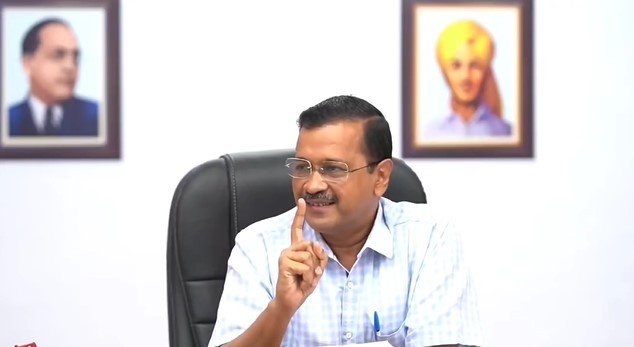The Indian Space Research Organisation (ISRO) is gearing up for a crucial operation to revive the Vikram lander and Pragyan rover of the Chandrayaan-3 mission, which have been in hibernation mode for the past 15 days due to the lunar night.
The lunar night, which lasts for about 14 Earth days, is a period of extreme cold and darkness on the Moon, where the temperature can drop to -200 degree Celsius. The Vikram lander and Pragyan rover, which are parked at the Shivshakti Point on the lunar south pole, have been designed to withstand this harsh environment and conserve power by shutting down their systems.
However, as the lunar dawn approaches on September 21 and 22, ISRO scientists are hopeful that the modules will wake up and resume their communication and exploration activities. ISRO Chairman S Somanath said that the team will try to perform a ‘reboot’ of the modules on these days, when the sunlight will reach their solar panels and recharge their batteries.
“The equipment will come back to life as soon as the Sun will rise. We can only hope to see the equipment back to life on September 22,” Somanath said.
The reboot attempt is crucial for extending the lifespan and functionality of the modules, which have already achieved most of their objectives in the Chandrayaan-3 mission. The mission, which was launched on July 22, 2023, successfully placed an orbiter around the Moon, which has been sending high-resolution images and data. The Vikram lander and Pragyan rover also made a soft landing on September 7, 2023, becoming the first Indian spacecraft to touch down on the lunar surface.
ISRO Chandrayaan-3 Accomplishes 95% of its Goals
The lander and rover were expected to operate for one lunar day (14 Earth days), during which they would conduct various experiments and tests. However, due to some technical glitches, they could not perform all their planned tasks. The rover could not move beyond a few meters from the lander, and the lander could not deploy its instruments fully.
Despite these setbacks, ISRO has hailed the Chandrayaan-3 mission as a success, saying that it has achieved 95% of its goals and demonstrated India’s technological prowess in space exploration. The mission has also received praise from Prime Minister Narendra Modi, who called the Shivshakti Point a ‘new centre of inspiration’ for Indians.
If the reboot attempt succeeds, ISRO will be able to extend the mission and collect more valuable information from the Moon’s south pole region, which is considered to be rich in water ice and other resources. The rover will also be able to move further and explore its surroundings.
ISRO has not given up hope on its ‘Vikram and Pragyan’, and is eagerly waiting for them to wake up from their long sleep.






